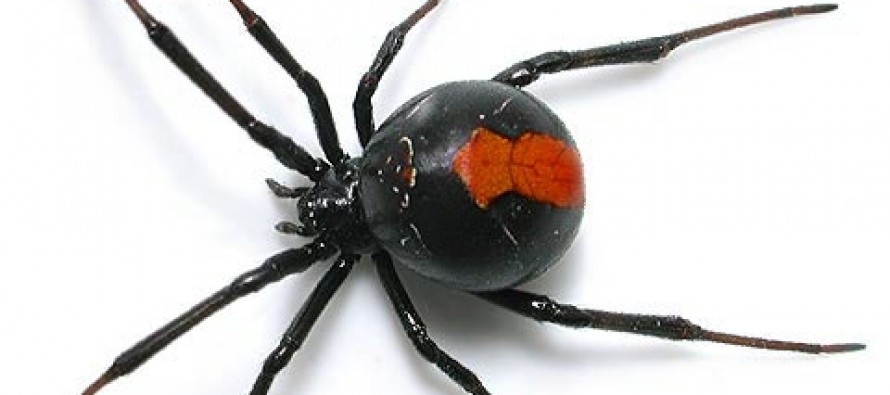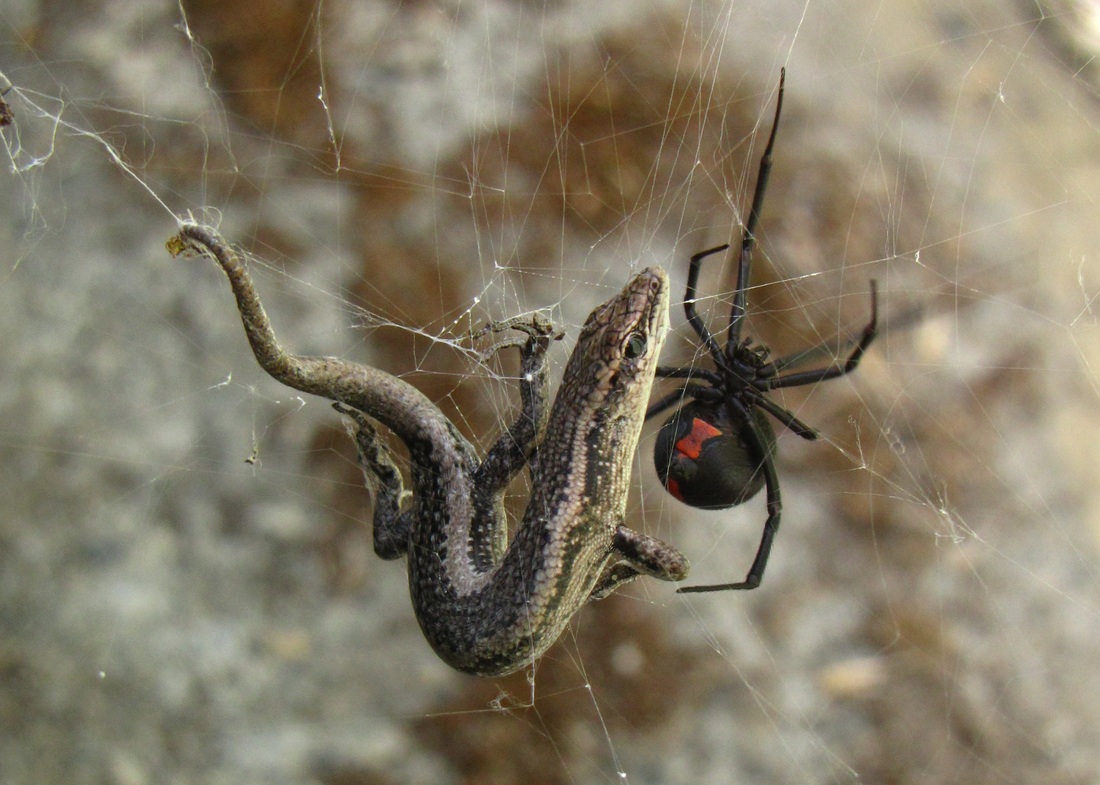
However, studies have shown that males too will bite, although the affect is milder. It is commonly thought that only female redbacks will bite humans. A 2004 study reported only one fatality since 1955.

In more serious cases the victim will begin to sweat and to experience muscular weakness, spasms, nausea and vomiting.Ī bite from a redback is rarely fatal, especially now that antivenom is readily available for those who have been bitten. However, if the spider is successful in injecting venom then the victim will soon begin to experience intense local pain. In some cases the spider will give a ‘dry bite’, in which no venom is injected. Initially, a bite from a redback may feel like nothing more than a pinprick. The venom is injected into the victim via the redback’s hollow fangs. The redback spider’s venom is a neurotoxin (a poisonous substance that affects nerve cells) called latroxin. Redback bites are the most common serious spider bite in Australia. There is an established colony in Osaka, Japan. They’ve also spread to other parts of the world after having been unintentionally transported with goods from Australia. Small colonies of redback are also found in New Zealand. Unfortunately this brings it into regular contact with humans. The redback will often seek out the warmth of buildings. Urban areas such as these provide the spider with heat and shelter. Cities in which it is particularly common include Alice Springs, Perth and Brisbane. The redback spider is found throughout Australia. Redback Spider Habitat & Range Redback spiders are most often found in Australia. The widow spiders are members of the Theridiidae family of spiders. Other widow spiders include the black widow spiders found in the USA. The name comes from the females’ habit of eating the male after mating! This group of closely-related spiders are known as ‘ widow spiders’. The redback is a member of the Latrodectus genus. Redback Spider Family and Related Species Its body and legs are pale brown, and it has black and white markings on the top of its abdomen and a pale hourglass on the underside. The male redback is substantially smaller than the female. The female’s red markings give the species its name.Ī spider’s body is divided into two main parts: the cephalophorax (the ‘front’ part of the spider) and the abdomen (the ‘rear’ part of the spider). On the underside of the abdomen is a red ‘hourglass’ shape. On its abdomen (the large, rounded ‘rear’ half of its body) is a red stripe which may be broken into red dots. The female redback’s body and legs are dark brown or black. Its eight long, slender legs are around 2 to 3 times the length of its body. The female’s body is around 10mm (0.4 in.) in length. The female redback is significantly larger than the male (females can weigh up to 100 times more than males). This means that they’re often found lurking in sheds, letterboxes … and outdoor toilets! Don’t forget to check under the seat! Redback Spider Size & Description Redback spider facts: even the larger female redback doesn’t grow much to more than 10mm in body length. The redback spider is attracted to the warmth and shelter provided by human buildings. Although small, the redback can deliver a painful – and potentially deadly – bite.

The redback spider is a venomous spider that is mainly found in Australia.

Watch the video below to see Redback Spiders in the wild:



 0 kommentar(er)
0 kommentar(er)
